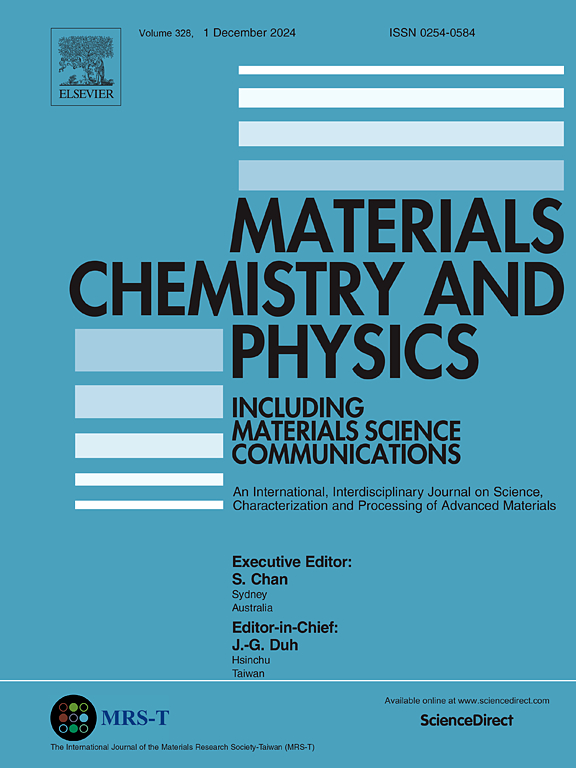Machine learning of hardness and composition in Al–Co–Cr–Fe–Ni–Mo–Ti high-entropy alloys
IF 4.3
3区 材料科学
Q2 MATERIALS SCIENCE, MULTIDISCIPLINARY
引用次数: 0
Abstract
In the present research, machine-learning (ML) models are used to train a seven-component Al–Co–Cr–Fe–Ni–Mo–Ti system after adding Mo and Ti and removing Cu from six-component Al–Co–Cr–Cu–Fe–Ni high-entropy alloys (HEAs). The composition and hardness of the Al–Co–Cr–Fe–Ni–Mo–Ti HEAs are predicted and screened using five ML algorithms: a multilayer perceptron (MLP), random forest (RF), support vector machine (SVM), extreme gradient boosting tree (XGBoost), and decision tree (DT). The XGBoost algorithm produces the best prediction results, with a coefficient of determination (R2) of 0.95 and a root mean square error (RMSE) of only 43.37. It is found that there is no relationship between the predicted hardness and the Al content in the novel HEAs when the predicted hardness is higher than 800 HV. To evaluate the validity of the ML model, two alloys with greater predicted hardness were chosen for fabrication and hardness measurements. Both alloys were made up of two phases with body-centered-cubic (BCC) structures, and the predicted values were 858 HV and 816 HV, which are in good agreement with the experimental test values of 851 HV and 786 HV, respectively. High-hardness seven-component Al–Co–Cr–Fe–Ni–Mo–Ti HEAs with very little Co content and without a brittle σ phase are worth further study for applications.
Al-Co-Cr-Fe-Ni-Mo-Ti高熵合金硬度和成分的机器学习
在本研究中,利用机器学习(ML)模型对六组分Al-Co-Cr-Cu-Fe-Ni高熵合金(HEAs)添加Mo和Ti并去除Cu后的七组分al -co - cr - fe - ni Mo - Ti体系进行了训练。使用多层感知器(MLP)、随机森林(RF)、支持向量机(SVM)、极端梯度增强树(XGBoost)和决策树(DT)五种ML算法预测和筛选Al-Co-Cr-Fe-Ni-Mo-Ti HEAs的成分和硬度。XGBoost算法的预测结果最好,决定系数(R2)为0.95,均方根误差(RMSE)仅为43.37。当预测硬度大于800 HV时,新型HEAs的预测硬度与Al含量之间没有关系。为了评估ML模型的有效性,选择了两种预测硬度较大的合金进行制作和硬度测量。两种合金均由体心立方(BCC)结构的两相组成,预测值分别为858 HV和816 HV,与实验测试值851 HV和786 HV吻合较好。高硬度的七组分Al-Co-Cr-Fe-Ni-Mo-Ti HEAs具有极低的Co含量和无脆性σ相,值得进一步研究应用。
本文章由计算机程序翻译,如有差异,请以英文原文为准。
求助全文
约1分钟内获得全文
求助全文
来源期刊

Materials Chemistry and Physics
工程技术-材料科学:综合
CiteScore
8.70
自引率
4.30%
发文量
1515
审稿时长
69 days
期刊介绍:
Materials Chemistry and Physics is devoted to short communications, full-length research papers and feature articles on interrelationships among structure, properties, processing and performance of materials. The Editors welcome manuscripts on thin films, surface and interface science, materials degradation and reliability, metallurgy, semiconductors and optoelectronic materials, fine ceramics, magnetics, superconductors, specialty polymers, nano-materials and composite materials.
 求助内容:
求助内容: 应助结果提醒方式:
应助结果提醒方式:


